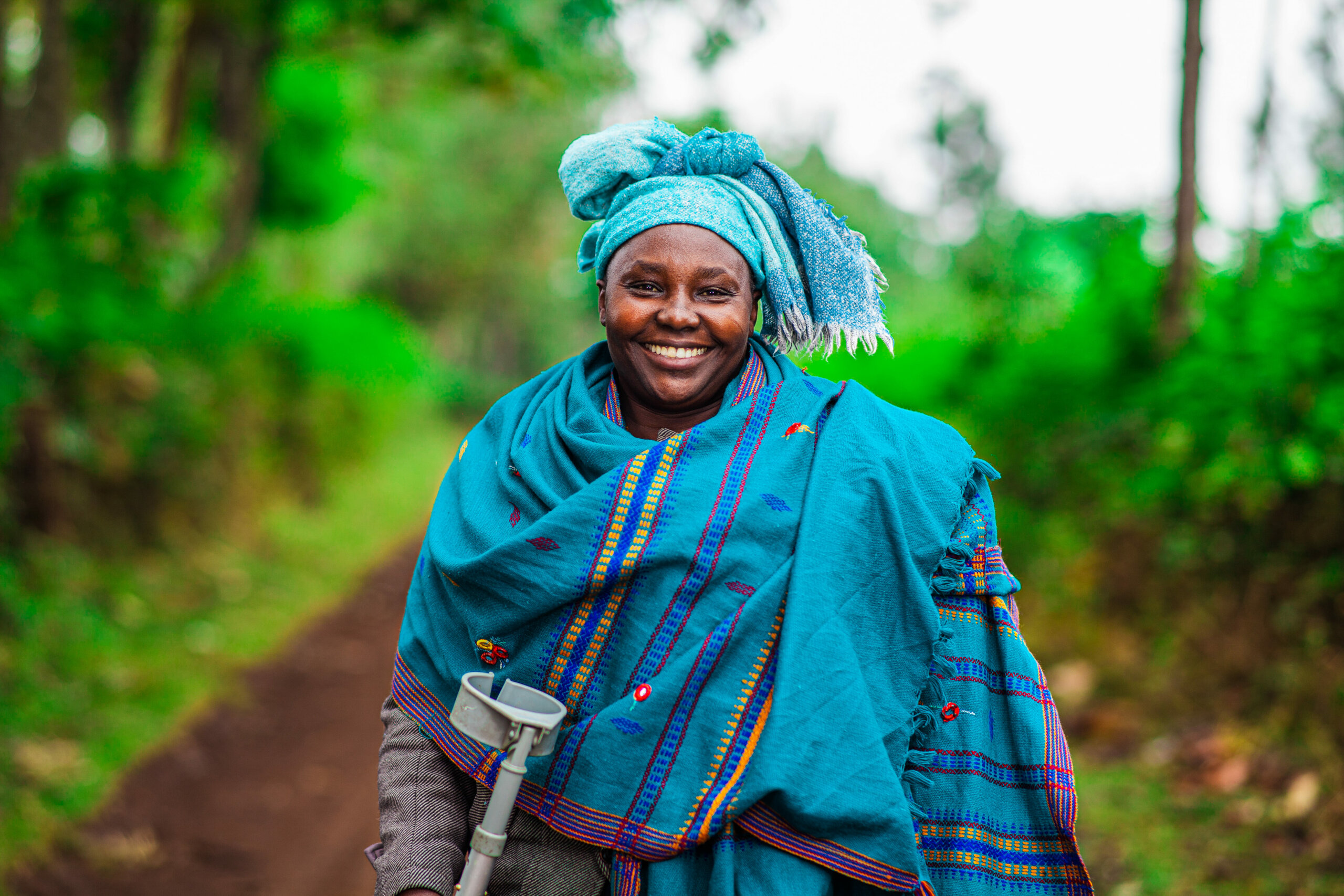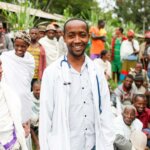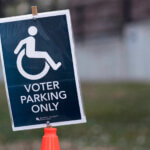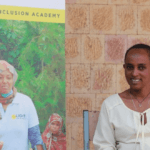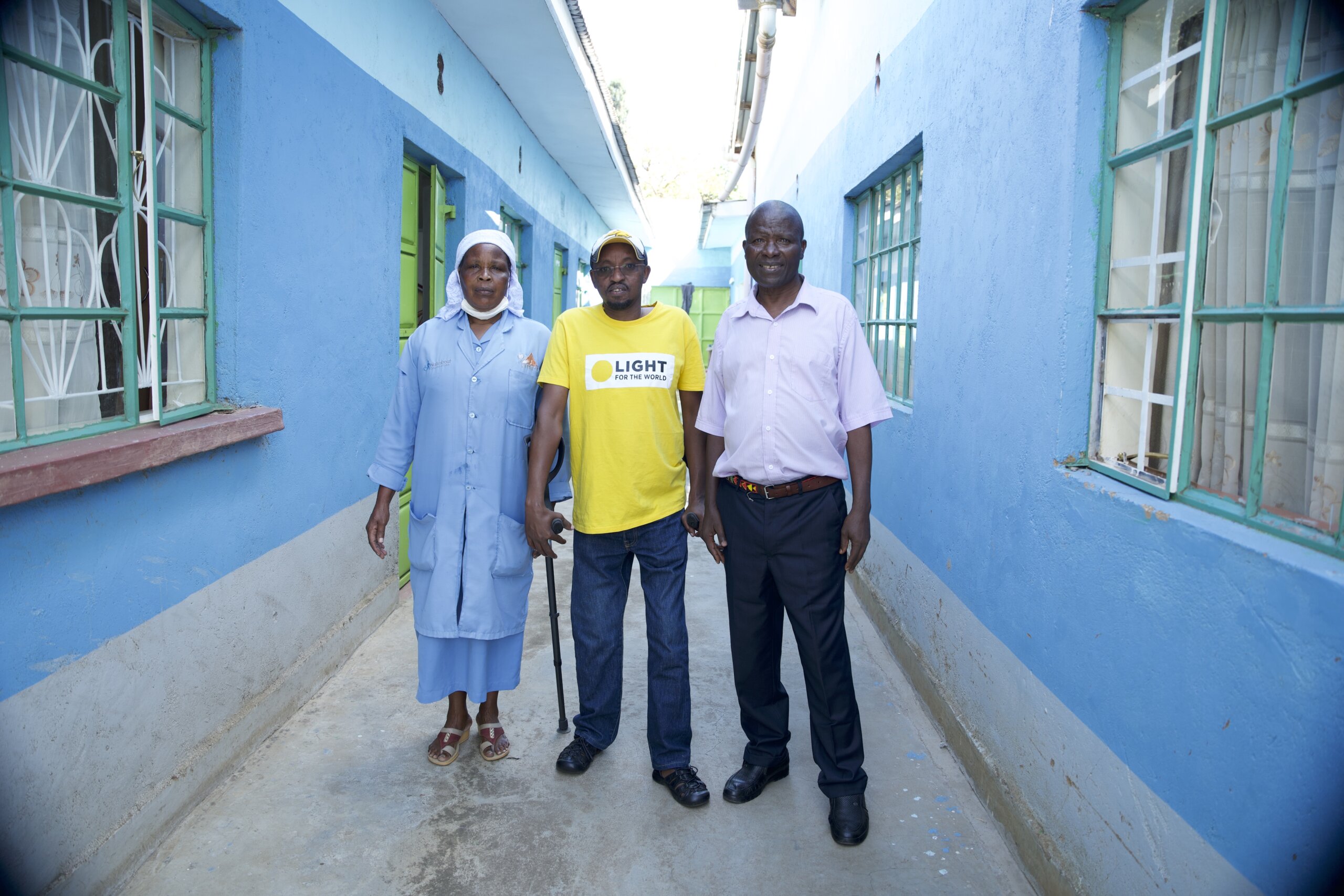- Disability Rights
Disabilities and discrimination disproportionately affect women and girls. Get the facts and recommendations to help your organisation strive towards disability-inclusive gender equality.
Women and girls with disabilities, who make up about 60 per cent of the world population with disabilities, experience many compounding barriers to equality.
They experience intersectional discrimination, including higher levels of exclusion in education and health services. They are more likely to be subject to multidimensional poverty. And they are at higher risk of gender and sexual based violence than women or girls without disabilities – and indeed men and boys with disabilities.
At Light for the World, we want to share the lessons we have learned on tackling the intersectional discrimination women and girls with disabilities face in their day-to-day lives.
1. Address and redress the impact of traditional gender roles
Traditional views of gender roles perpetuate harmful stereotypes and can lead to heightened social exclusion of women and girls with disabilities. Men with and without disabilities should be encouraged to become allies, who advocate for women and girls with disabilities. Similarly, programmes should be adapted considering gender roles to ensure they are accessible to women and girls with disabilities.
2. Deliberately target women and girls with disabilities in education
Women with disabilities are given less priority to attend schools, and unsurprisingly therefore, generally achieve lower education results. It is important to work with parents and the community to invest in and promote education for girls with disabilities.
“Only by using intersectional and human rights-based approaches can we promote inclusive and gender transformation.”
Mathilde Umuraza, Expert on Gender and Gender Based Violence
3. Use gender role models and create inclusive schools
Accessibility barriers and lack of community support prevent girls from attending school. It is essential to promote quality training and retention of teachers, including female teachers with disabilities in inclusive schools, and to build safe and accessible infrastructure so that girls and boys with disabilities are effectively able to attend school.
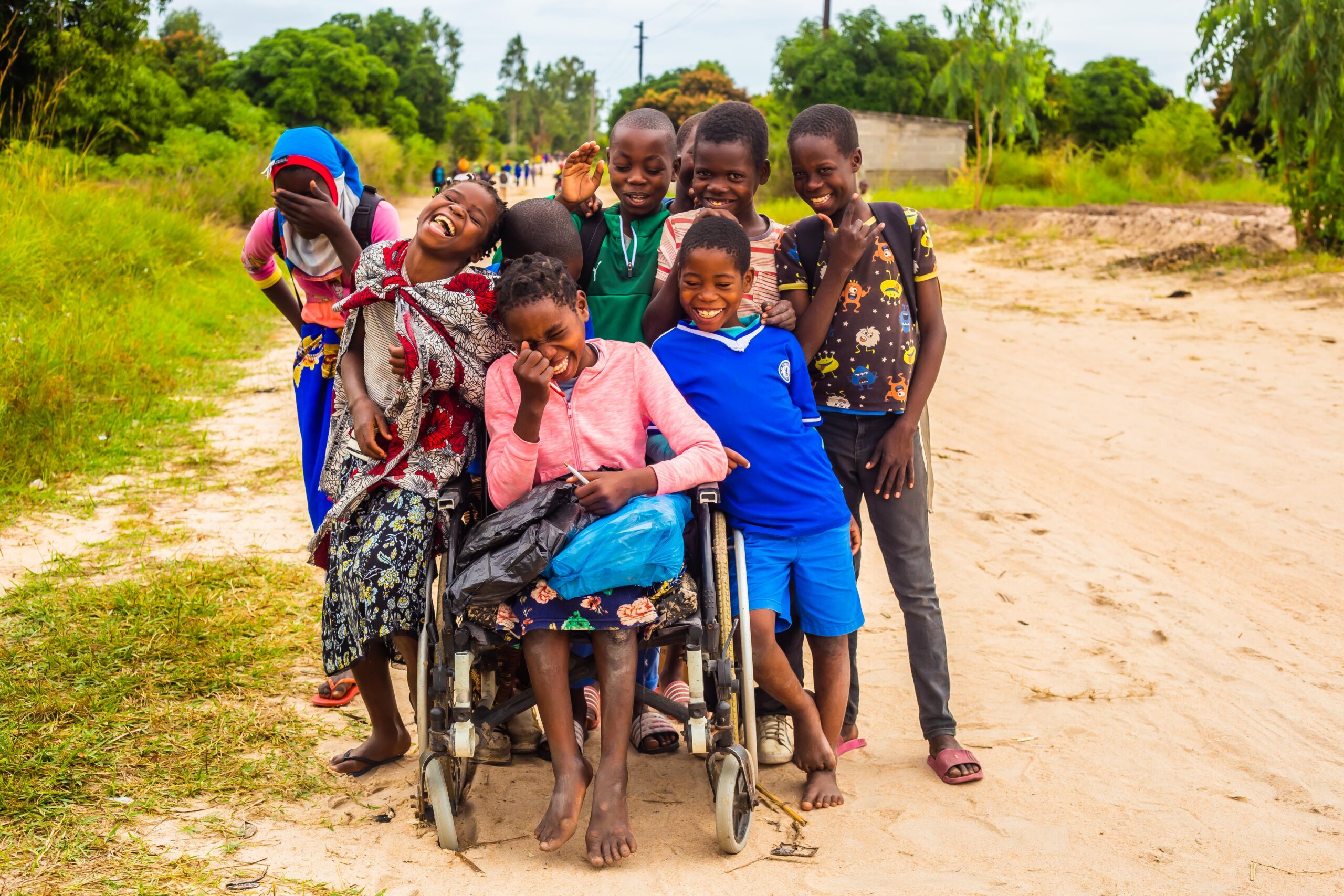
4. Promote positive discrimination and social security for women with disabilities in economic empowerment
Due to lower educational outcomes and barriers based on gender norms, women and girls with disabilities are less likely to have the professional skills necessary to enter employment, compared to men and boys. Livelihood training programmes are frequently not accessible and often women with disabilities are considered unable to earn an income. It is crucial to promote positive discrimination and social security so women with disabilities can become economically empowered, including advocating for improved access to economic opportunities.
5. Prioritise women with disabilities in crises
Women and men with disabilities are often forgotten in humanitarian responses to conflicts and disasters. The disparities faced include an increased risk of sexual and gender-based violence, and inaccessible gender-specific services, such as sexual and reproductive health services. To counteract this, accountable, inclusive and transparent services should be promoted, with food distribution and gender inclusive health services made accessible to all.
6. Support women and girls to access eye health services
Fifty-five per cent of people with vision loss are women and girls. Women with disabilities experience different types of eye health problems, are neglected in awareness campaigns and taken less seriously by healthcare providers. To solve this, accessible eye health services must be improved to include gender inclusive communication, financial support and fast-track services, and men should be engaged in gender inclusive advocacy efforts.
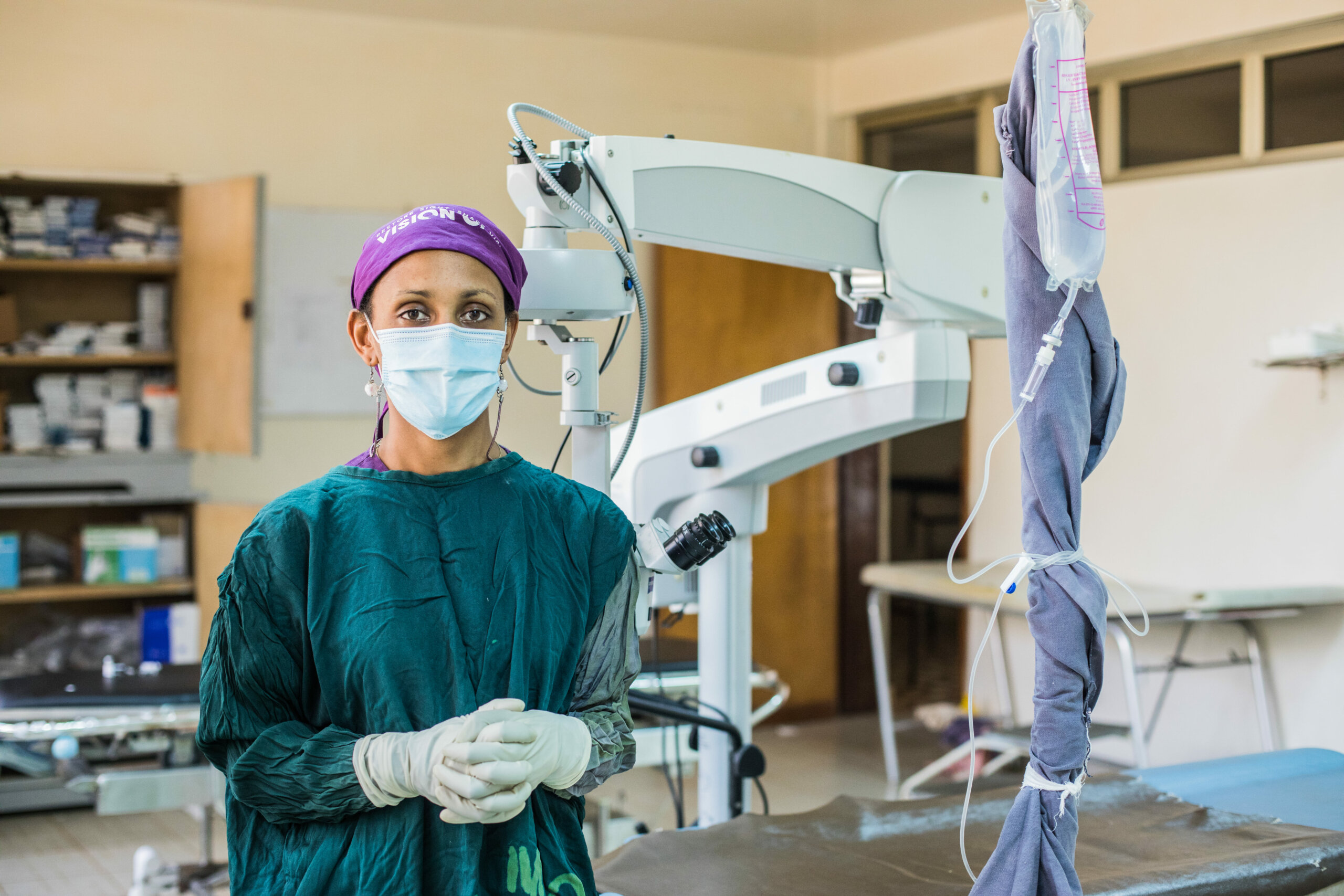
7. Ensure that community development includes women and girls with disabilities
Generally, women with disabilities are underrepresented and excluded from community development initiatives and marginalised in organisations of people with disabilities (OPDs). To promote inclusive development, women and girls with disabilities should be involved, encouraged and employed through community initiatives, including supporting development of women’s OPDs and by linking networks of women both with and without disabilities.
“I know what I’m worth and where I want to go.”
Kadiguè Barry, educational and vocational guidance counsellor and member of the Association of Albino Women of Burkina Faso (AFAB)
8. Collect and use sex-disaggregated data
Data about women and girls with disabilities in programmes and organisations is scarce, yet it is essential to understand and promote gender equality. Evidence is needed to address existing challenges, to improve current and future work, and to increase participation of women and girls with disabilities.
Want to learn more?
Check out our Learning Series on Ensuring girls and women with disabilities are not left behind: https://www.light-for-the-world.org/publications/learning-series-ensuring-girls-and-women-are-not-left-behind/
